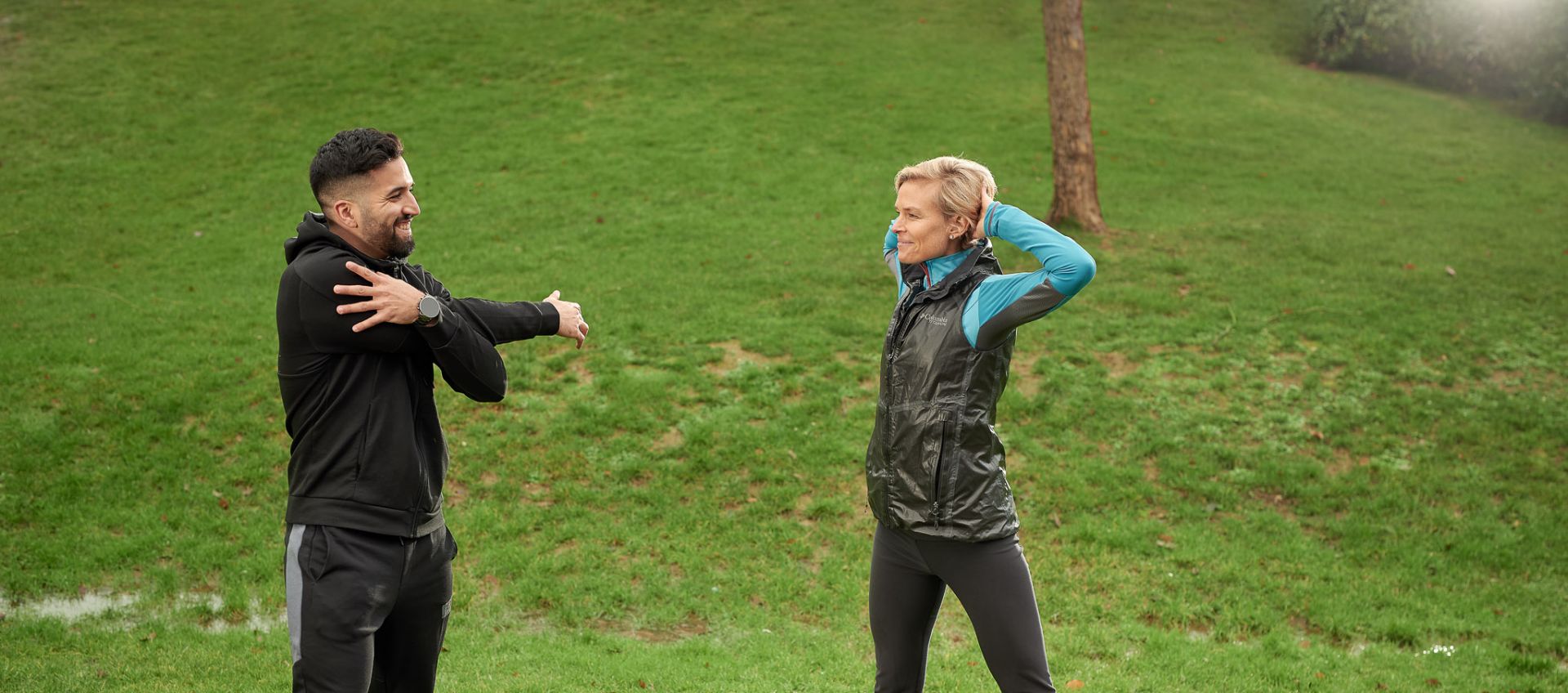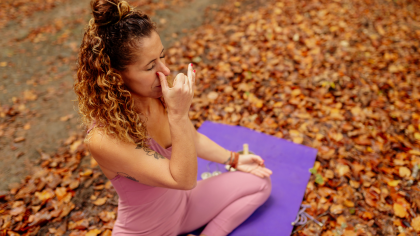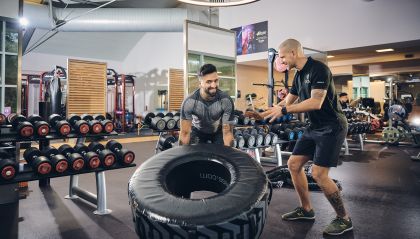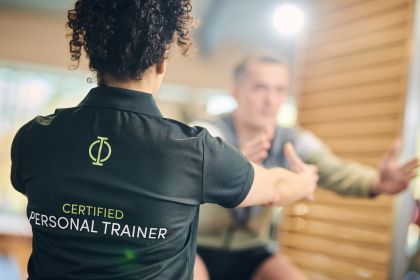When poor posture is talked about, often the image that appears in people’s minds is misalignment while in an office work environment—a person slumped in their chair and chin jutting forward while working at a computer. However, good postural alignment is important to keep in mind during various situations and not just while at work.
How one holds and moves their body in space and while performing day-to-day activities is essential to why posture is important. It is important to be mindful of posture throughout common daily activities such as driving a car, shopping for groceries, or even while relaxing with family and friends. As this shows, being mindful of poor posture tendencies is important to stay mindful of on a regular basis.
COLD WEATHER AND BAD POSTURE: A BAD COMBINATION
However, awareness is even more essential during the winter season. This is due to colder winter weather often increasing the likelihood of people rounding their shoulders and hunching the spine and neck forward in a rigid position to stay warm. Cold weather also generally causes muscles to tighten and shorten which negatively impacts joint mobility.
Furthermore, during winter there may also be an increase in the amount of time people spend indoors performing sedentary activities. Incorporating more sedentary indoor activities can exacerbate the situation and lead to increased physical tension and joint stiffness.
Although the occasional moment or two of having poor posture will not create serious effects, habitual and unchecked poor posture results in negative short-term and long-term consequences.
PICK UP POSTURE HABITS
There is an array of benefits to cultivating and sustaining good postural habits. Poor posture can contribute to an increase in tension headaches and migraines, low-back pain, and can possibly bring the body out of anatomical position. The body being positioned outside of the ideal neutral or anatomical position can negatively impact movement patterns and weaken muscle groups. This weakening can increase the risk of injury while performing day-to-day tasks or while performing an exercise.
For example, habitual poor posture over the long run can weaken important core muscles like the back and tighten pectoral muscles which continue to exacerbate the problem. This combination can continue to pull the spine into a forward posture that substantially increases the risk of joint pain such as in the neck and low back.
As this demonstrates, having good posture is an important component of preventing pain and the chance of injury. In addition to the pain reduction benefits, maintaining good posture helps engage the core muscles optimally which is protective during winter. This is because having a strong core reduces the risk of falls generally which is a common injury during winter.
Additionally, having good posture often increases people’s overall daily energy, allows movement to feel better generally, and improves the body’s circulation and respiration.
5 TIPS TO KEEP POSTURE IN CHECK
It is important to prevent the negative consequences of having poor posture. Changing postural habits takes time, but there are daily steps people can take to take a step forward and work to improve their posture.
Listed below are five essential tips that can help prevent the likelihood of posture-related pain and discomfort this winter season.
1. Stay aware of your body’s position
First and foremost, it is important to remain aware of moments where the body starts to hunch forward or the spine and shoulders round. In addition to this, it is important to be aware when the pelvis is tilted forward or backward which can impact low-back alignment. This awareness is called kinesthetic awareness, or one’s ability to sense where the body is in space.
Kinesthetic awareness also includes sensing the position of the joints and muscles and when there might be physical tension in the muscles from the cooler temperatures. Whether you are walking outside, sitting indoors on an iPhone, or shoveling snow, having good kinesthetic awareness is an essential first step in tackling poor posture habits.
2. Be prepared for the cold temperatures
If you know that you are more likely to experience poor posture when traveling outside or working in cooler indoor temperatures, prepare appropriately. More specifically, dress in enough layers and make sure to wear the appropriate clothing for the weather.
This may help reduce the tendency to round and hunch forward to stay warm. Although this might not prevent rounding forward to stay warm outdoors from happening altogether, it can reduce the frequency and duration of those moments which can help minimize some of the long-term negative consequences.
3. Incorporate daily mobility and stretching exercises
Some degree of poor posture might occur while trying to stay warm and protect oneself against wind and snow in wintery weather conditions. If you notice that you have been in a poor postural position for any degree of time, incorporate a preventative step to help avoid the body staying stuck in that position.
Take time daily to stretch tight muscles across the chest, shoulders, and abdomen. Additionally, perform mobility exercises to loosen stiff joints after being outside for any period. An example of this might be performing shoulder rolls in both directions for the shoulder joint after shoveling snow or going for a walk outdoors. Performing mobility exercises can help reduce the negative short-term and long-term impact of poor posture and can reduce the likelihood of injury.
4. Strengthen the core to find a “neutral” alignment
In addition to incorporating daily mobility exercises; another way to help improve posture is to strengthen the core muscles during regular exercise. This can include resistance training specifically for the core muscle groups. Strengthening the core will help the body find strong neutral alignment which will help the body be properly aligned in a variety of settings.
Core conditioning helps strengthen the abdominal, back, and shoulder muscles which all can lead to better anatomical placement in dynamic and static movement and positions. In other words, this conditioning will protect the body from being misaligned while sitting, standing, and moving from one activity to another. Having a strong core can also help protect against posture-related injuries while shoveling snow shoveling and other more vigorous winter activities.
5. Apply ergonomic principles to all winter activities
The winter season is often correlated with an increase in time spent indoors due to the colder weather. This increase in indoor time often correlates to an increase in more sedentary activities such as watching television or movies, baking, or reading. Depending on the climate someone lives in, there may be more snow to shovel and ice to navigate around.
It is essential to apply ergonomic principles while engaging in these activities. These principles include the following: standing up tall with shoulders over hips and ears over shoulders. Additionally, engage the abdominals. While shoveling snow it is important to bend from the hip and knees to avoid aggravating and injuring the back.
KEEP YOUR POSTURE WARM THIS WINTER
In cooler temperatures, the stakes are higher for increased muscle tightness and the chance of injury from poor posture. Although upholding good posture is important all year round, it is especially important during the colder months. Incorporating these five tips during this winter season will be an important step towards preventing both short-term and long-term negative effects from poor postural alignment.



